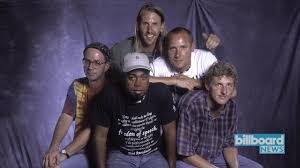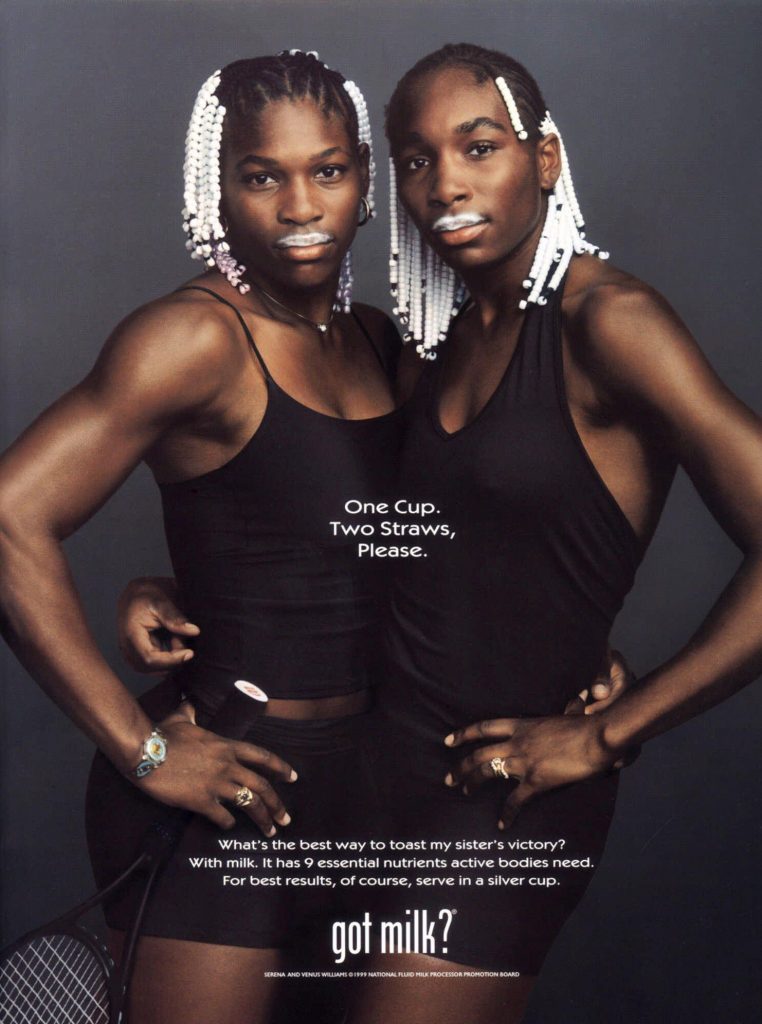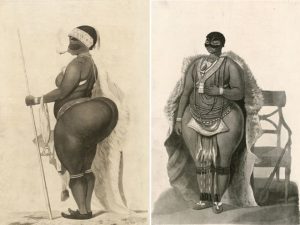Rabble-rouser, hero, thug, public servant, crackhead, role model, negro militant, freedom rider, scoundrel, prophet, radical, drug addict, philanderer, genius, convict, legend… he’s been called it all. When it comes to Marion Barry, the truth really is stranger than fiction and, like most things, it depends on your vantage point, it differs according to where you stand and, especially, which side of the tracks you live on.
Straight from the experts, the indisputable facts are as follows:
1) Marion Barry was a powerful black leader:
“In 1965, Marion Barry arrived in Washington to direct activities for SNCC […] a civil rights organization known for demonstrations, sit-ins, and boycotts. Mr. Barry was its first national chairman. In 1966, he led a one-day bus ‘mancott’ to protest a fare increase requested by D.C. Transit.

He organized a ‘Free D.C. Movement’ to press for home rule. He called D.C. police ‘an occupation army.’ [In 1967,] With financial support from the U.S. Department of Labor, he organized and directed a group known as Pride Inc., which put more than 1,000 inner-city youths to work From 1972 until 1974, Mr. Barry was the school board’s president. In 1974, he was elected to an at-large seat on the D.C. Council […where] he was instrumental in defeating a 1 percent gross-receipts tax on all city businesses, winning the gratitude of the business community. He helped get a pay raise for the police department. He was among early supporters of equal rights for gay men and lesbians.
As mayor of the District, Mr. Barry became a national symbol of self-governance for urban blacks. […] His programs helped provide summer jobs for youths, home-buying assistance for working-class residents and food for senior citizens. And he placed African Americans in thousands of middle- and upper-level management positions in the city government that in previous generations had been reserved for whites[1].”
2) The FBI pursued Barry for the better part of the 1980’s:
“For eight years, FBI agents were trying to get Barry to a point where they could read him his rights. They went through his bank records, tax returns, American Express bills, and they staked out his home. No luck. They even set up a fake consulting firm to try to infiltrate the mayor’s inner domain.
[…] Then, as part of this ‘scrupulously fair’ operation, the pursuit team decided to find a woman whom Barry trusted. ‘We talked about how the easiest way to get Barry was with a woman,’ a high-level law enforcement officer told The Post. Rasheeda Moore, then in California, fit the bill. Her fateful invitation to Barry to meet her at the Vista International Hotel followed.
With Moore – ‘the cooperating witness,’ in FBI lingo — was an FBI undercover agent who allegedly brought Barry the crack cocaine he allegedly asked and paid for. All this was recorded by cameras and audio machines in the bathroom and the joining bedroom[2].”
Shortly before 8:30 PM on January 18, 1990, Mayor Barry arrested at the Vista Hotel by FBI and D.C. police, the result of a sting operation coordinated jointly by the United States Attorney’s Office. In short order, Barry was charged with misdemeanor drug possession of crack-cocaine and released to face the facts of that evening, under the scrutiny of a nation divided, in the cold, hard light of day[3].
When the story broke the next day, it sparked, yet another, sharp divide in what was already a racially charged city. The overwhelming majority of black folks rallied around the mayor, accusing the white—mostly, wealthy Republican—officials of targeting Barry as a powerful leader who had effectively created an economy for and constituency out of, what was before Barry’s tenure, a wholly disenfranchised black community. Put simply by Jonetta Rose-Barras, award-winning journalist and author of The Last of the Black Emperors: The Hollow Comeback of Marion Barry in the New Age of Black Leaders (Bancroft Press 1998), “Black people thought, ‘He was set up[3]!’”
In the days and weeks leading up to his trial, crowds of black folks sprang up all over the city, waving signs that read “MAYOR BARRY MAY NOT BE PERFECT, BUT HE IS PERFECT FOR US”, “We thought lynching was outlawed in the 1920’s”, ‘Stop the persecution of our black leaders!” and the like, while community leaders made fiery speeches erupting in thunderous applause and endless cheers of “Barry! Barry! Barry!” One such preacher seemed to embody the spirit of general disillusionment and widespread anger at the personal nature of the attack on their mayor when he concluded his oratory with a bleak pronouncement and the wave of a condemnatory finger: “There is no justice in America for the black man or black woman. Let us not deceive ourselves[3].”
White voters, on the other hand, almost unilaterally called for his immediate impeachment, posting signs all over the city to that effect. As for their take on race at play in Barry’s case, consider the exchange between one every-day, middle-aged white lady and morning show host, Cliff Kincaid of WNTR, the flagship radio station for televangelist Pat Robertson’s conservative talk network. Calling in the woman exclaimed, “If I hear one more black claim that it’s because he’s black, I’m going to throw up!” Commiserating, Kincaid chimed in, “And let’s dismiss all this nonsense about entrapment. Nobody forced him to go to that hotel. Marion Barry is a pathological liar. He’s a crack head[3].”
In the trial that began on June 20, 1990, the U.S. Attorney ultimately brought 14 charges against Marion Barry: three felony counts of perjury, 10 counts of drug possession, and one misdemeanor count of conspiracy to possess cocaine from the night of his arrest[4]. The criminal trial ended in August 1990 with a conviction for only one possession incident, which had occurred in November 1989, and an acquittal on the other one. “I believe [the government was] out to get Marion Barry,” one juror said. U.S. District Judge Thomas Penfield Jackson declared a mistrial on the 12 deadlocked charges[5]. The mayor was sentenced to six months in prison but came back to win a council seat in 1992 then rose, again, to claim the office of the mayor in 1994, where he remained for two terms[6].
FOR A COMPREHENSIVE TIMELINE OF MARION BARRY’S LIFE, CLICK HERE!
—Cecily McMillan
Works Cited
[1] Washington Post Obituary
[2] Of Course it Was Entrapment – Washington Post
[3] The Nine Lives of Marion Barry
[4] Charges and Verdicts in Barry’s Trial
[5] Chasm Divided Jurors in Barry Drug Trial
[6] Marion Barry: Making of a Mayor







